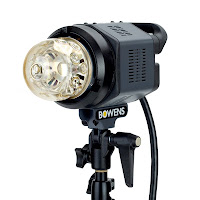Studio Photographic Media, Techniques & Technology
(Unit Content 2)
Now I'm going to show you some useful accessories and lighting types what you should have in your studio. Also I'm going to describe the effects of each modifiers and show some examples to see what results they give.
- Accessories
Tripod Studio Stands

Flash transmitter/Flash trigger/Hot shoe 5 in 1 Reflector

Speedlite Flash Macro ring flash led light

AC Slave Flash Lamp Filters

Product Photo Table Backdrop stand

- Lighting types: * Natural * Artificial -->
- Tungsten lighting - Tungsten lighting is a term used by photographers to distinguish from fluorescent lighting or strobe lighting. It's a continuous lighting and it's the same as your household lighting. The color temp is about 3200k which is quite warm and this causes the photos to have a strong yellow color cast. Tungsten lighting creates moody type photos , you can use tungsten for still, fashion, portraiture, wedding etc.
- Strobe lighting/Flash lighting - A lamp that produces very short, intense flashes of light by means of an electric discharge in a gas. The ability of strobe lights to "freeze" the motion of rapidly moving objects by making them visible for only a fraction of a second makes them very useful in photography
- Modifiers:
- Soft box - This piece of equipment creates an even and diffused light by directing light through a diffusing material. It spreads light quite widely and it makes the shadows nice and soft. It comes in many shapes and sizes and it's perfect for portraiture.


- Snoot - Snoot is a cone shaped object that creates spot light. Using a snoot allows the photographer to control the direction and radius of the light beam and also to stop spilling any light. Snoots are generally used in low key photography. Also, creates dark shadow so you can create very good moody and dark type of images.

- Beauty Dish - It directs a flattering soft light, the beam can be directed to the subject well without spreading the light over a wide area. The parabolic shape creates a soft light what's perfect for portrait shots. It gives a classic look to the image as it wraps around the subject face.

- Barn Doors - Barn doors allows to control the direction of the light beam. It can be use to create harsh shadows and give a moody feeling to an image. It is flexible to use and can create a focused light as well as a variety of shapes.



















